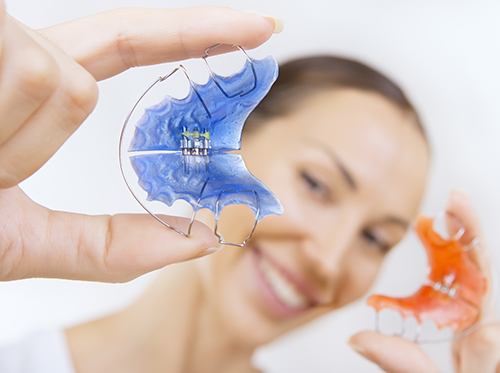Invisalign Teen®: What Parents Should Know
September 19th, 2018

Parents want the best for their teens and often ask us about the perks of Invisalign Teen clear aligners compared to traditional braces. Invisalign treatment is a style of braces that skips the usual metal and wires, and uses a clear, thermoplastic material to create removable aligners instead.
Aligners are custom-made for each patient and replaced every two weeks to attain gradually straighter teeth.
Is Invisalign treatment as effective?
As long as your child wears the aligners as directed, the answer is yes: they are just as effective as traditional braces. A small blue spot on the back of each aligner will fade after two weeks of proper wear. This enables Dr. Andrew Schwartz to tell whether the child is wearing the aligners.
Can Invisalign aligners be removed?
The recommended amount of time to wear Invisalign aligners is at least 20 hours a day. They can be removed for up to four hours per day to eat, brush teeth, play sports, or play musical instruments. This makes brushing and flossing easier and helps maintain good oral hygiene!
How long does treatment take and what is the cost?
Each patient is different. Dr. Andrew Schwartz can determine how many months your child may expect to wear the series of aligners after a consultation.
Typically, your teen will wear Invisalign clear aligners about as long as traditional braces The cost is also similar to that of other traditional braces; however, there is no set fee. The cost will depend on your child’s unique orthodontic needs.
Overall Success
Invisalign Teen treatment has had remarkable success, and patients love having straighter teeth without the embarrassment of metal braces. As your son or daughter becomes more confident, the patient will actually be more likely to keep up with the treatment and complete it sooner.
Speak with Dr. Andrew Schwartz today to learn more about the benefits of Invisalign Teen treatment. Give our Washington DC office a call!



